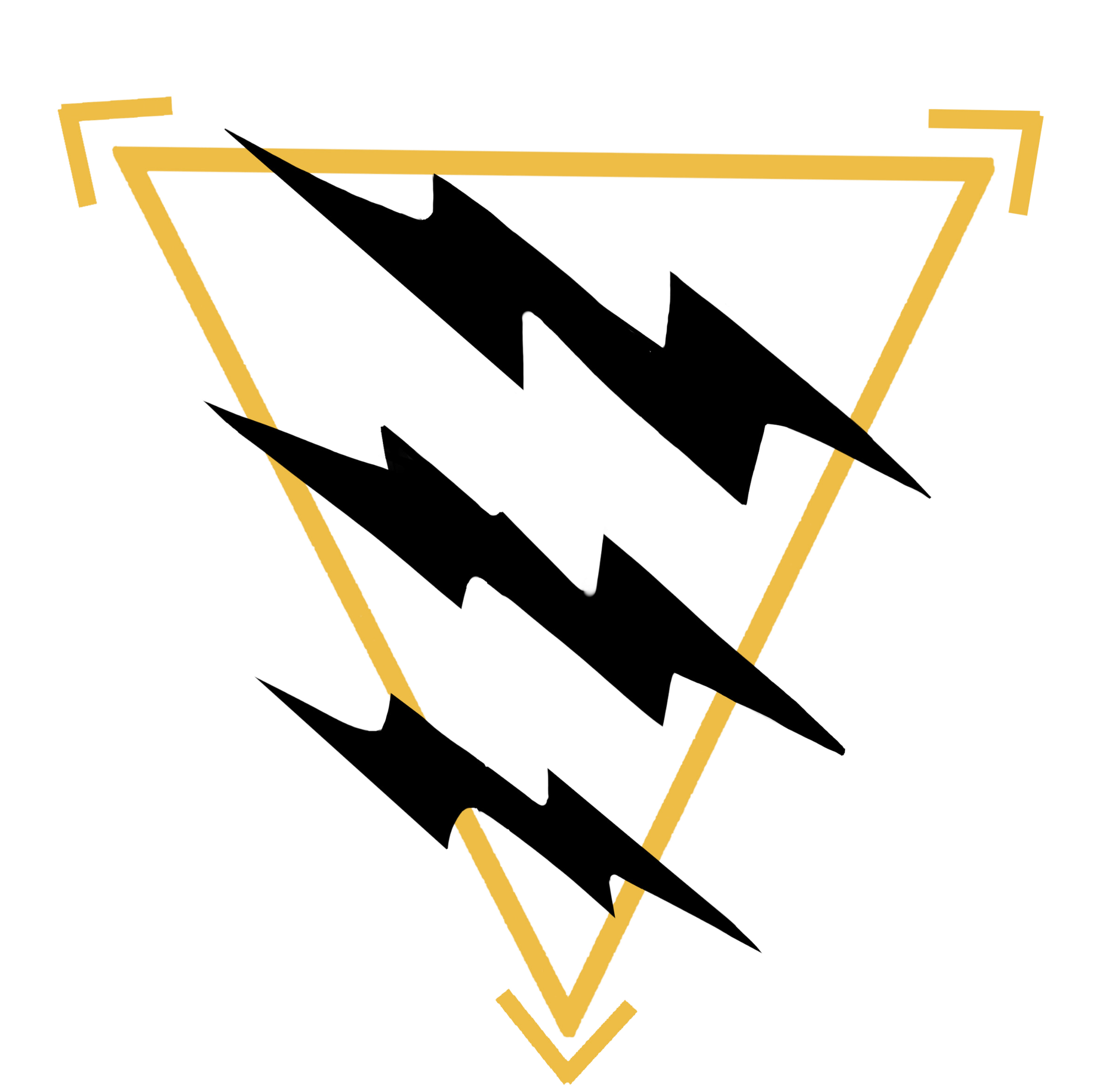Close Quarters Defensive Pistol: Real-World Skills for Real-World Threats

When people think about defensive pistol use, they often imagine standing on a flat range, firing at a paper target from 15 feet away in a perfect stance. But in the real world, that’s rarely how violence happens. Most violent encounters occur within arm’s reach, in crowded or confined spaces, under extreme stress and chaos. That’s where Close Quarters Defensive Pistol (CQDP) skills become not just important—but essential. We teach the Integrative Defense Strategies (IDS) APEX program.
At Sentinel Combatives, we train for the fight as it actually happens. This week, we’re diving deep into Close Quarters Defensive Pistol—what it is, why it matters, and how to train for it effectively.
What Is Close Quarters Defensive Pistol?
CQDP is the integration of pistol fundamentals with combatives, movement, retention, and tactical awareness in tight, high-threat environments. It emphasizes:
- Extreme proximity: Encounters within 0–6 feet.
- Weapon retention: Preventing your firearm from being taken or redirected.
- Contact shooting: Shooting from compressed or retention positions.
- Decision-making under pressure: Assessing when and how to draw, or whether to engage at all.
This is not about target shooting—this is about survival.
Why Close Quarters Pistol Training Is Critical
Most defensive gun uses don’t happen on a two-way range with clear targets and no obstructions. Real-life attacks are:
- Sudden: Ambush-style encounters that start with surprise.
- Violent: Involving grabs, strikes, or ground fighting.
- Dynamic: With bystanders, barriers, and movement.
Statistics show that the average self-defense shooting occurs at distances of 3–9 feet, and often involves movement, close contact, and limited reaction time. Without CQDP training, drawing your pistol too soon or in the wrong position could get your weapon taken—or worse, used against you.
Core Principles of Close Quarters Defensive Pistol
Fight First, Draw Second
If you’re within grabbing distance of an attacker, trying to draw your weapon before engaging physically can be a fatal mistake. The first priority is to gain control of the space.
- Use combatives: Elbows, knees, headbutts, and palm strikes to disrupt the attacker.
- Create angles: Control their body and move off the centerline.
- Establish dominance: Clinch, frame, or create separation before drawing your weapon.
Retention-Based Draw Techniques
Traditional draw strokes are too slow and too exposed at close range. CQDP uses retention draw positions that allow you to access and fire your weapon even while entangled.
- Compressed ready: Pistol drawn tight to the body, muzzle forward, protecting the gun from grabs.
- Retention position: Muzzle angled downward from the chest, allowing firing while the off-hand controls or strikes.
- Shooting from the clinch: Firing one-handed while maintaining frames or controlling the attacker's posture with the other.
Weapon Retention and Control
Once your firearm is drawn, you must retain control of it. This means:
- Keeping it close to the body.
- Using body positioning to shield it from grabs.
- Firing in contact or compressed positions when necessary.
- Training against grabs using two-on-one counters, frames, and clinch control.
At Sentinel Combatives, we integrate retention drills that simulate attackers going for your gun, allowing you to respond under pressure and retain your weapon.
Shooting While Moving or Entangled
Most self-defense situations involve movement. You may be:
- Falling.
- Pushed against a wall.
- Wrestling on the ground.
- Moving to shield loved ones.
You must learn to shoot accurately from compromised positions—on your back, on one knee, or off-balance.
We teach students how to:
- Shoot from seated and grounded positions.
- Recover balance while drawing.
- Engage threats at extreme angles.
How We Train Close Quarters Pistol at Sentinel Combatives
Our training environment simulates real-world conditions, blending:
- Dry fire drills for retention draws and compressed shooting.
- Force-on-force scenarios using SIRT pistols.
- Combatives integration, where students must fight, draw, and shoot under resistance.
- Decision-making under pressure, using shoot/no-shoot drills with bystanders and dynamic threats.
You’ll learn not just how to shoot—but when, how, and why to do it in real-world conditions.
Common Mistakes in Close Quarters Pistol Defense
Avoid these pitfalls that we often see in untrained or under-trained individuals:
- Drawing too early: Creating a gunfight when you could have escaped or controlled.
- Over-extending the arms: Presenting your gun to your attacker like a gift.
- Neglecting your off-hand: You need it to control space, strike, or protect the gun.
- Failure to train at contact distance: Most range work doesn’t prepare you for real contact shooting.
Final Thoughts: If You Carry, You Need CQDP
If you carry a pistol for self-defense—or rely on one for home protection—you need to train for the distances where violence actually happens. Shooting paper targets is not enough. You need the skills to fight, retain, and respond under pressure.
At Sentinel Combatives, our Close Quarters Defensive Pistol courses are designed to prepare you for these exact scenarios. We blend Krav Maga combatives, IDS retention methodology, and live scenario training to make sure you’re not just armed—but capable.





